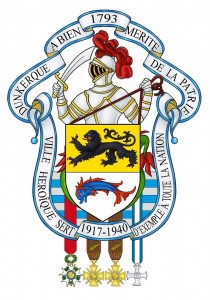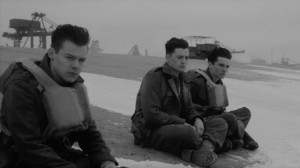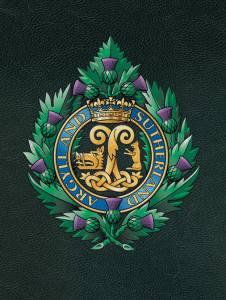Dunkirk: Operation Dynamo
Identifying the Regiment
The evacuation of Dunkirk was a success wrought from devastation. Churchill, the British Prime Minister understood that victory could not come from retreat, the war was young, surrender not an option.
Not wanting to give much away after viewing Christopher Nolan’s Dunkirk I thought instead to share the history of one regiment portrayed in the film.
The Film
A small group of soldiers hurry along the beach heading towards the site of evacuation. One man wears a glengarry…unbadged. Without any insignia I sit and wait. When will we learn which Highland unit this is or will this simply pass without any revelation? Caught up in the details of the film I wait from scene to scene until these same soldiers return to the screen as they seek shelter within a beached vessel. It is while in this vessel waiting for the tide that I first see the black letters of a Khaki shoulder strap slip on title “A & S H”.
The Regiment
Five battalions of the Argyll and Sutherland Highlanders served during the Battle of France May 10 – June 25, 1940 and took part in the, Battle of Belgium May 10 – 29, 1940, and the Battle and Evacuation of Dunkirk May 26 – June 4, 1940. These include men of the 5th, 6th, 7th, 8th and 9th Battalions.
The 5th Battalion
Served in France and Belgium, 1940. Afterwards they became the 91st Anti-Tank Regiment and returned to Northwest Europe at the time of the landings in Normandy, June 6, 1944.
The 6th Battalion
A Machine Gun battalion, the 6th landed in France in January 1940 and as a unit of the British Expeditionary Force’s Second Division arrived in Belgium May 10, 1940. Initially serving near Brussels the 6th, through the withdrawal to the coast and evacuation from Dunkirk suffered heavy casualties. Less than half of their men returned to Britain.
The 7th and 8th Battalions
Two battalions of the Argyll and Sutherland Highlanders served with the 154th Infantry Brigade of the 51st Highland Division. The 7th and the 8th landed in France in February 1940, being deployed, to a name familiar to an early generation – the Somme. Along the River Somme the two Battalions were heavily engaged by German forces who commenced their attack June 5, 1940. Two days later the 7th and 8th, having suffered heavy losses, withdrew and what remained of the regiment escaped the continent by evacuation from Le Havre, France.
It was the 7th who suffered the blackest days of the Regiment’s History, June 5 – 7, 1940, when at Franleu, 23 officers and 500 soldiers were killed or taken as prisoners of war. D Company of the 7th managed to join up with A and C Companies of the 8th and made their way with together to to the coast. On June 15, 1940 the surviving men of the two Battalions returned to Britain on board the SS Duke of Argyll.
9th Battalion
The 9th Battalion as the 54th (A & S H) Light Anti-Aircraft Regiment arrived in France in November 1939. Prior to being evacuated to Britain they provided Headquarters and airfield defence as part of the 1st Anti-Aircraft Brigade covering the retreat to the beaches. Upon reaching the coast the units 12 Bofors guns were destroyed prior to embarkation. However, the Regiment’s 162nd Battery was to remain in France for another month as they had become separated from the main body while defending the airfields near Rheims.




Comments